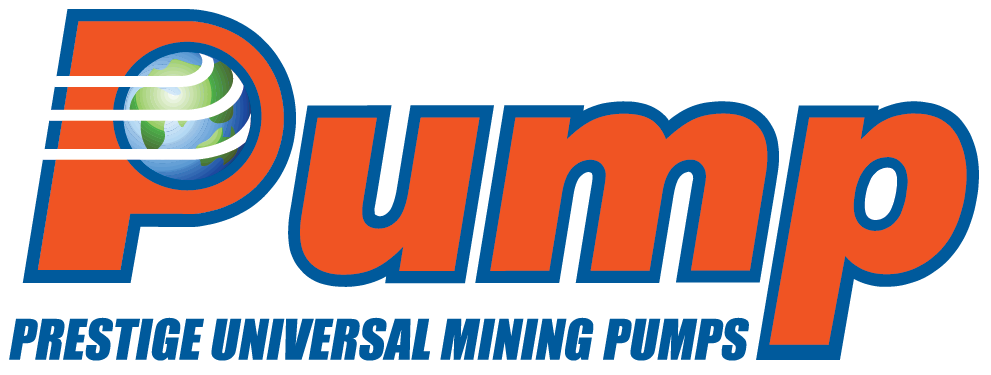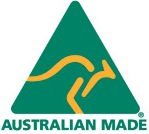Dewatering Pumps Keeping Mine Sites Safe
Have you ever wondered how dewatering pumps keep mining sites and industrial operations dry, efficient, and safe?
This equipment plays a vital role in managing water in challenging environments, but its operation often goes unnoticed—until it’s needed most.
Understanding how dewatering pumps work is not only essential for selecting the right equipment but also for optimising operations, reducing costs, and avoiding downtime. Whether you’re in the mining, construction, or wastewater industries, this guide will give you a clear understanding of these powerful tools.
In this article, you’ll learn what dewatering pumps are, how they work, the types available, and how to select and maintain one that fits your specific needs. By the end, you’ll have a clear roadmap to ensure your operations run smoothly and safely.
Key Takeaways
- Dewatering pumps are essential for removing water from mining, industrial, and construction sites, ensuring safe and efficient operations.
- Understanding the types of dewatering pumps (submersible, centrifugal, positive displacement) helps optimise performance and minimise costs.
- Proper selection and maintenance of pumps reduce downtime, operational disruptions, and the total cost of ownership (TCO).
- Choosing a trusted provider like Prestige Universal Mining Pumps ensures durability, quality, and tailored solutions.
What Is a Dewatering Pump?
A dewatering pump is a specialised tool designed to remove water from construction sites, mining operations, and industrial areas. By effectively managing groundwater and surface water, these pumps ensure work environments remain dry and safe.
Commonly used in mining, dewatering pumps lower the water table, prevent flooding, and facilitate efficient excavation. From managing abrasive slurries to handling delicate wastewater applications, dewatering pumps are versatile tools critical to various industries.
The Importance of Dewatering in Industrial Operations
Effective dewatering is the backbone of safe and efficient industrial operations. By preventing flooding and controlling water levels, dewatering pumps:
- Increase productivity by minimising downtime due to water intrusion.
- Ensure worker safety in underground and open-pit mining.
- Reduce costs, such as transportation and blasting, by maintaining dry materials.
- Meet environmental compliance through efficient water management.
Whether it’s protecting equipment from water damage or maintaining regulatory compliance, a well-maintained dewatering system is essential.
How Dewatering Pumps Operate: A Step-by-Step Explanation
At its core, a dewatering pump moves water from one place to another using mechanical force. Here’s how the process works:
- Suction: The pump’s suction inlet draws water from the flooded area into the pump system.
- Pressure Generation: Inside the pump, an impeller or diaphragm creates pressure, pushing the water upwards or horizontally.
- Discharge: The water exits through a discharge outlet, often redirected to a reservoir or treatment facility.
Submersible Pumps
Submersible pumps operate below the water surface, using the pressure of the water column to enhance efficiency. This design minimises cavitation and maximises performance in confined spaces.
Surface Pumps
Surface pumps sit above ground and use suction to draw water. They are ideal for shallow applications and are easier to maintain.
Types of Dewatering Pumps and Their Applications
Choosing the right dewatering pump depends on your operational requirements. Here are the main types:
- Submersible Pumps
- Applications: Underground mining, sump drainage, and wastewater management.
- Advantages: Compact, efficient, and quiet.
- Challenges: Accessibility for maintenance.
- Centrifugal Pumps
- Applications: General water removal, chemical processing, and slurry transport.
- Advantages: High flow rates and adaptability to various fluids.
- Challenges: Susceptible to cavitation.
- Positive Displacement Pumps
- Applications: Handling viscous or abrasive slurries.
- Advantages: Consistent flow rates regardless of pressure.
- Challenges: Higher upfront costs.
Key Components of a Dewatering Pump
Understanding the components of a dewatering pump helps in maintenance and troubleshooting:
- Impellers: Propel water through the pump.
- Casings: House the components and manage water flow.
- Seals: Prevent water leakage and protect the motor.
- Bearings: Ensure smooth operation of moving parts.
Common Challenges in Dewatering Pump Operations
Dewatering pump users often face these issues:
- Cavitation: Caused by insufficient water flow or high discharge pressure.
- Corrosion: From handling abrasive or chemically aggressive fluids.
- Wear and Tear: Prolonged use in harsh conditions accelerates component degradation.
Solutions include regular maintenance, proper pump selection, and using corrosion-resistant materials.
Benefits of Using a Dewatering Pump
Investing in the right dewatering pump yields numerous benefits:
- Efficiency: Ensures consistent operation with minimal downtime.
- Safety: Keeps work areas dry and stable.
- Cost Savings: Reduces energy consumption and maintenance costs.
- Environmental Compliance: Manages water responsibly to meet regulations.
Tips for Selecting the Right Dewatering Pump
When choosing a dewatering pump, consider the following:
- Assess the Fluid: Identify viscosity, abrasiveness, and temperature.
- Calculate Flow Rate: Ensure the pump meets operational demands.
- Consider the Environment: Match the pump type to site-specific conditions.
- Review TCO: Balance upfront costs with long-term operational efficiency.
- Seek Expert Advice: Consult providers like Prestige Universal Mining Pumps for tailored solutions.
Maintenance and Care for Optimal Performance
Routine maintenance prolongs pump life and ensures efficiency. Here’s how to care for your pump:
- Inspect Seals and Bearings: Check for wear and leaks.
- Clean the Impeller: Remove debris to prevent blockages.
- Monitor Performance: Compare output to initial specifications.
- Schedule Servicing: Use professional services to address complex issues.
Future Innovations in Dewatering Pump Technology
Emerging trends in dewatering pump technology include:
- Energy Efficiency: Solar-powered pumps for remote operations.
- Smart Pumps: IoT-enabled devices for real-time performance monitoring.
- Advanced Materials: Enhanced durability with corrosion-resistant alloys.
Why Choose Prestige Universal Mining Pumps for Dewatering Solutions?
With over 40 years of industry experience, Prestige Universal Mining Pumps offers:
- Australian-Made Products: Built for the toughest conditions.
- Customised Solutions: Tailored to your specific needs.
- Comprehensive Support: From pump selection to maintenance services.
Contact us today to find the perfect dewatering pump for your operation.
FAQs
What is the difference between a submersible and surface dewatering pump?
A submersible pump operates underwater, while a surface pump sits above ground and uses suction to draw water.
How can I prevent cavitation in my dewatering pump?
Ensure the pump operates within its optimal pressure range and maintain adequate water flow to avoid cavitation.
What factors should I consider when selecting a dewatering pump?
Consider fluid characteristics, flow rate, environmental conditions, and the total cost of ownership.
How often should I service my dewatering pump?
Regular maintenance should be performed quarterly or as recommended by the manufacturer.


